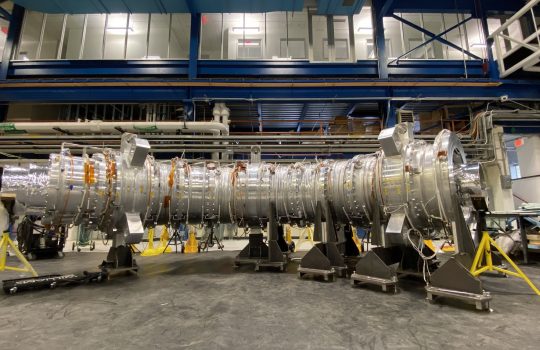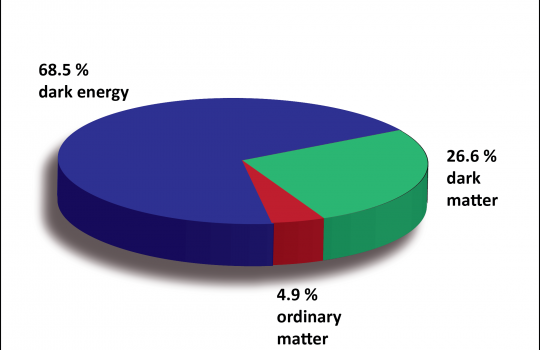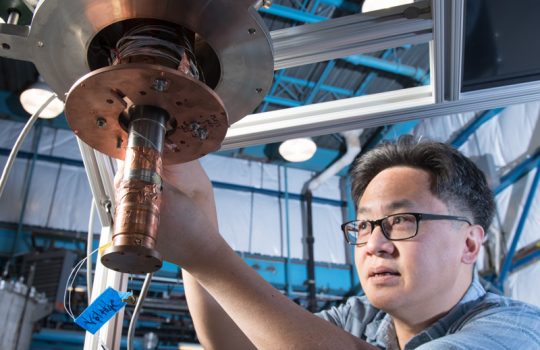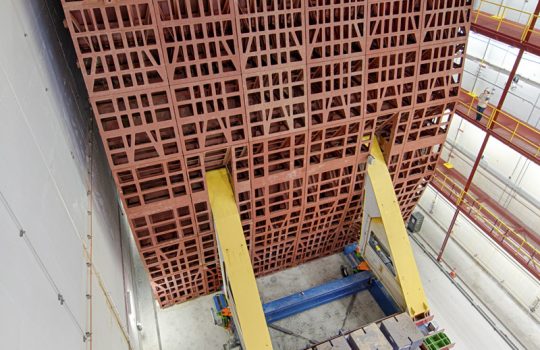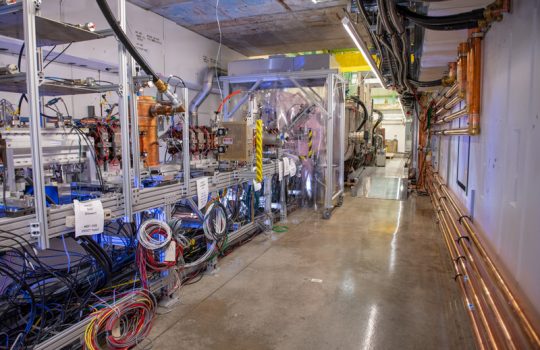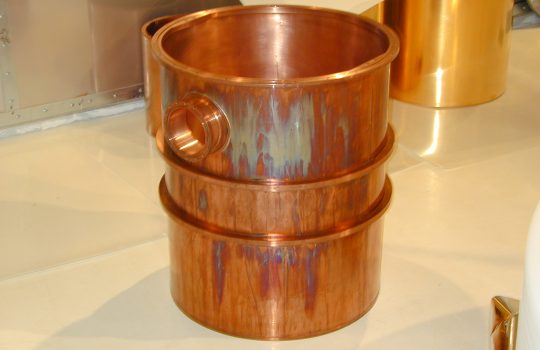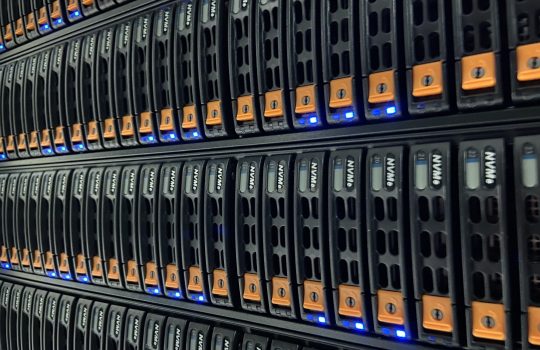One step closer: Mu2e reaches milestone in construction of novel experiment
Magnets play a key role in looking for the direct transformation of muons into electrons, a theorized phenomenon that Fermilab’s Mu2e experiment will hunt for when it comes online in 2023. In an important milestone, seven essential magnets have passed testing and been accepted for the construction of the experiment.

